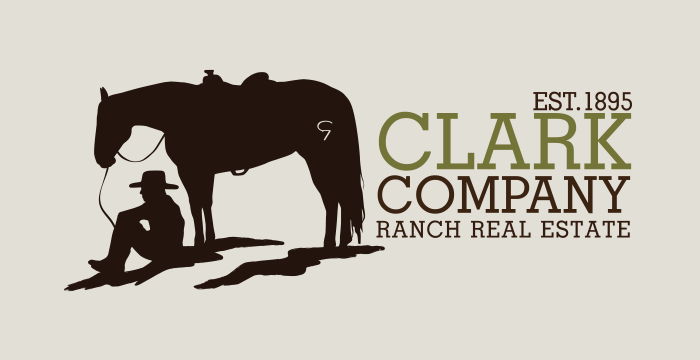Hardham Ranch – Paso Robles, California
Nestled among the finest vineyards in the rolling hills of Paso Robles, the 742±-acre Hardham Ranch offers abundant opportunities—from cattle operation to vineyard potential to orchard development and more.
Request a Call Back
Location
Located in the center of Paso Robles wine country, Hardham Ranch is situated at 4485 Creston Road, between the communities of Creston and Templeton. Surrounded by vineyards (on three sides) and grazing land, and bordered by three paved, county roads, the ranch sits just 10 minutes from downtown Paso Robles, offering easy access to amenities, shopping and entertainment.
Hardham Ranch is a 10±-mile drive from the Paso Robles Municipal Airport which offers Fuel & Line Services, Air Charter, and Ground Transportation among other services including hot air balloon rides. The airport also has a Jet Center and private hangars available for general aviation. About 30 miles south of the ranch is San Luis Obispo County Regional Airport, with commercial service daily to Los Angeles, San Francisco, and Phoenix connecting to international flights.
Locale
Paso Robles sits mid-way between Los Angeles and San Francisco on State Highway 101. Positioned in close proximity to mountains, beaches, and deserts, El Paso de Robles, Spanish for “Pass of the Oaks” is a community of just under 30,000 residents, nestled in the coastal mountain range of central California. Paso Robles is home to one of the United States’ greatest grape growing areas and an increasing number of hot springs resorts. While maintaining the charm of a rural community, Paso Robles is developing into a center of industry, viticulture, recreation, commerce, and housing.
Climate & Rainfall
Paso Robles enjoys favorable climate. Highs in the summer average mid-nineties, with evenings in the mid-fifties. During winter months, the average high is sixty degrees, with nights around freezing. Rainfall varies from 10” to 18” per year, with maximum precipitation occurring in February.
Acreage, Zoning & Soil
Hardham Ranch comprises 742± acres, zoned Agriculture, and is under Williamson Act contract. The gently rolling topography is dotted with oaks. The deep, well-drained soils are composed of Linne Calado Complex, Lockwood Conception Complex, and Arbuckle Ysidra Complex, ideal for range land and cultivated crops including orchards and vineyards. The fields have been cleared of trees, brush and underbrush, enjoying several scattered oaks to offer shade. APN: 033-181-006, 033-181-001, 033-221-001, 033-221-003, 033-291-020.
Improvements
The 1,535± square foot main residence is comprised of four bedrooms and two bathrooms, with a fireplace and two-car carport. The second residence is three bedrooms, two bathrooms and comprises 1,627± square feet. The third residence comprises 888± square feet and has 3 bedrooms and one bathroom. There are also two barns, a pole barn, shop, storage room, multiple sheds, and a corral. The property is perimeter fenced and cross fenced and access throughout the ranch is offered via paved and dirt ranch roads. Hardham Ranch is also home to a historical barn built around 1910.
Water
There are 5 wells on Hardham Ranch, all of which have storage tanks: 3 combination domestic/agriculture wells, with pumps, and two wells dedicated to agriculture, one with pump, one with windmill. There is also one additional storage tank used to water a farmed, non-irrigated field for grazing.
History
Hardham Ranch was acquired in the late 1940’s and has been family owned and operated ever since. Grandfather Butterworth cleared some of the fields to open them up and began growing barley, then directed his focus to building the family residences. The two main houses were finished in 1952, and in the late-1950s, he started running cattle to complement the barley farming. In late 1961, his daughter, Mother Hardham inherited the ranch and continued the barley and complementary cattle operation until her death. Putting her Master’s Degree in Botany to work, she incorporated some non-traditional ideas to improve the fruitfulness of the land; she began experimenting with more intensive cattle on shallow grounds and eliminated summer fallowing because she felt it dried the land out more. She made a concerted effort to improve the fertility of the land without exploring irrigation, in turn the land produced heavy crop—and Mother Hardham boasted her yield was nearly twice that of her father, fulfilling her desire to improve the health of the land and leave it better than she found it.
The enclosed information has been obtained from sources that we deem reliable; however, it is not guaranteed by Clark Company and is presented subject to corrections, errors, prior sale, changes or withdrawal from the market without notice.

